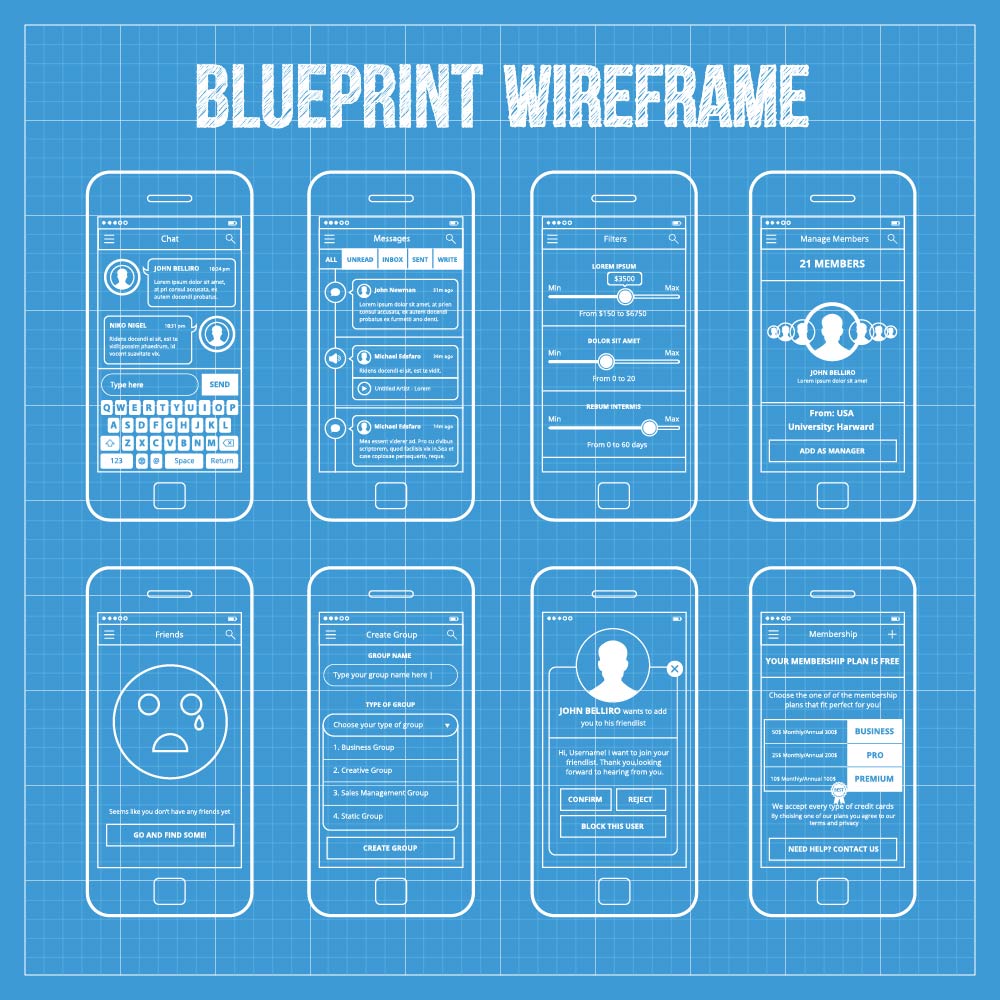Web Development: “10 Mobile Apps for Web Development and Design” opens the door to an array of innovative tools tailored for modern developers and designers. In today’s fast-paced digital landscape, these mobile applications have become indispensable, enabling professionals to create stunning websites and optimize their workflow on the go. From coding to design, these apps cater to various aspects of web development, making it easier than ever to bring ideas to life.
As we delve deeper, we will explore ten standout mobile applications that streamline tasks, enhance productivity, and inspire creativity. Whether you’re a seasoned web developer or just starting out, these tools are designed to elevate your web projects and ensure a seamless development experience.

In today’s fast-paced world, the landscape of communication has evolved dramatically. With the rise of digital technology, individuals and businesses alike are constantly finding new ways to connect and share information. This article explores the various aspects of modern communication, its significance, and how it has shaped our interactions.One of the most notable changes in communication is the shift from traditional methods, such as face-to-face conversations and written letters, to digital platforms.
Social media has become a dominant force in how we communicate, allowing people to share thoughts, ideas, and personal experiences instantly with a global audience. Platforms like Facebook, Twitter, Instagram, and LinkedIn serve not only as social networks but also as powerful marketing tools for businesses.The immediacy of digital communication can be both a blessing and a curse. On one hand, it facilitates rapid information exchange and makes it easier for people to stay connected, regardless of geographical barriers.
For example, video conferencing tools such as Zoom and Microsoft Teams have revolutionized the way businesses conduct meetings, enabling teams to collaborate effectively from different locations. This has been particularly important during global events such as the COVID-19 pandemic, where remote work became a necessity for many organizations.However, the downside of this instantaneous communication is the potential for misunderstandings and misinterpretations.
Tone and context can easily be lost in written messages, leading to confusion or conflict. Additionally, the pressure to respond quickly can result in hasty decisions or communication that lacks depth. People often find themselves overwhelmed by the sheer volume of messages they receive daily, from emails to social media notifications, which can lead to burnout and decreased productivity.Another significant trend in modern communication is the rise of visual content.
With the popularity of platforms like YouTube and TikTok, individuals and brands are increasingly using videos to convey their messages. Visual storytelling is often more engaging and can evoke emotional responses more effectively than text alone. This has prompted businesses to adopt strategies that prioritize visual content, recognizing its power to capture attention and communicate complex ideas clearly and succinctly.Moreover, the integration of artificial intelligence (AI) into communication tools is transforming the way we interact.
AI chatbots are now commonplace on websites and messaging apps, providing instant customer support and information. These bots can handle a variety of inquiries, allowing businesses to offer 24/7 assistance while freeing up human employees to focus on more complex tasks. As AI continues to advance, we can expect even more innovative solutions that enhance communication efficiency.In addition to technological advancements, the cultural shifts in communication styles cannot be overlooked.
Younger generations, particularly Millennials and Gen Z, are redefining what effective communication looks like. They tend to favor authenticity and transparency over formality, valuing genuine connections and relatable content. This has led brands to adopt more casual and approachable tones in their marketing efforts, aiming to resonate with a demographic that prioritizes values such as inclusivity and social responsibility.Furthermore, the importance of empathy in communication has gained significant traction in recent years.
As people become more aware of social issues and the impact of their words, there is a growing emphasis on understanding diverse perspectives and fostering inclusive conversations. This trend is evident in workplaces that prioritize diversity and inclusion, where open dialogue and active listening are encouraged to create a supportive environment.The role of communication in conflict resolution also deserves attention.
Effective communication is crucial in addressing misunderstandings or disagreements, whether in personal relationships or professional settings. Learning to articulate thoughts clearly and listen actively can lead to more constructive conversations and help build stronger connections. Mediation and conflict resolution training are becoming increasingly popular, emphasizing the need for individuals to develop these essential skills.In conclusion, modern communication is a complex and dynamic field that continues to evolve with technology and cultural shifts.
While digital platforms offer unprecedented opportunities for connection, it is important to remain mindful of the challenges they present. By embracing new communication strategies, prioritizing empathy, and being aware of the impact of our words, we can foster healthier and more effective interactions in both our personal and professional lives. As we navigate this ever-changing landscape, it is essential to stay adaptable and open to new ways of connecting with others.



